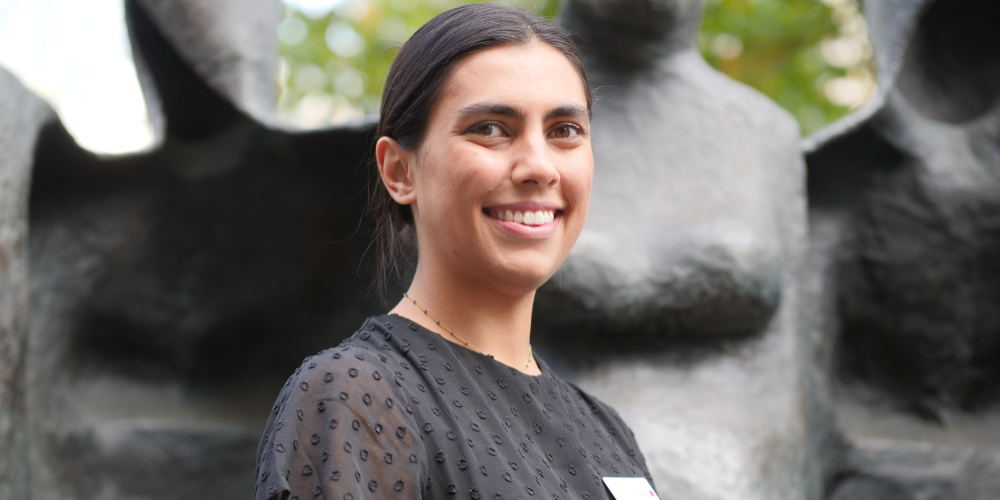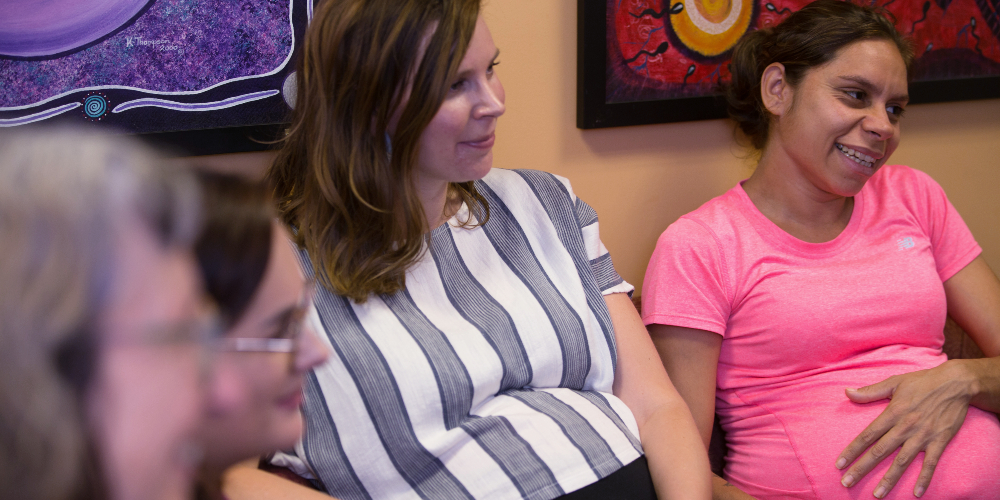
New data shows that 89 per cent of First Nations mothers and babies are being identified at Victorian maternity services, but researchers at the Royal Women’s Hospital want to close the gap further.
A new study from the Women’s and La Trobe University shows the high standard of care Victorian public hospitals can deliver to Aboriginal and Torres Strait Islander families – when patients are correctly identified.
Researchers found that 89 per cent of First Nations mothers and babies are being identified – and connected to culturally appropriate services – at three Victorian maternity services. However, the researchers say it is vital to increase this identification rate.
“We can’t close the gap in health outcomes if we don’t identify First Nations mothers and babies and provide the care they need,” Lead Researcher Fiona McLardie-Hore says.
The study indicates that 14 per cent of First Nations women across the three maternity services were not identified as First Nations women at the beginning of pregnancy. This is the best time to offer culturally appropriate continuity of care for Aboriginal and Torres Strait Islander women.
The research also found that 11 per cent of First Nations babies were missed in the birth data for the state-wide Perinatal Data Collection Unit, which reports on outcomes for all mothers and babies in Victoria.
Ms McLardie-Hore, Midwifery and Maternity Services Research Unit Coordinator at the Women’s, says consistent data entry was one of the main issues across the three study sites.
“In some instances, there was no place to record the First Nations identity of a newborn - and this critical information was missing on the official birth registration forms. This has since been rectified by all sites.”
Ms McLardie-Hore says workforce education remains a key step at Victorian hospitals.
“We need to make sure hospital staff in Victoria know how and when to ask patients whether they identify as an Aboriginal and/or Torres Strait Islander. This ensures hospitals services and resources are provided where they are most needed.”
The Women’s Aboriginal Liaison Officer, Djiringanj & Walbunja woman Aunty Gina Bundle, says data from the Baggarrook Yurrongi project confirmed that providing First Nations parents with continuity of midwifery care at the Women’s – and other hospitals – improves the outcomes for mums and bubs.
“It is important for us to know who your mobs and country are when you first come in, so we can help to create your birthing journey,” Aunty Gina says.
“Historically, hospitals have not always been a safe place for First Nations people. We here at the Women’s continuously work hard to create a culturally safe, nurturing place, as well as ‘close the gap’ in maternity and newborn outcomes.”
Professor of Midwifery and Maternity Services Research at the Women’s, Dr Della Forster was also on the study team. She says it is critical to have accurate data in this area.
“At the Women’s we are passionate about addressing and improving the disproportionately poorer perinatal health outcomes experienced by First Nations mothers and babies,” she says.
“The identification of Aboriginal and Torres Strait Islander peoples is a vital part of ensuring access to our culturally safe models of maternity care.”
Read related content from the Women's
-
 Continuity of care a huge boost for First Nations mothers
Continuity of care a huge boost for First Nations mothersThe Royal Women’s Hospital’s Baggarrook midwifery care is helping to close to gap in mortality and birth complications for First Nations mothers, and has been put in the spotlight by a new study.
Learn more -
 First Nations mothers contribute to critical maternity research at the Women’s
First Nations mothers contribute to critical maternity research at the Women’sDuring NAIDOC Week, we are sharing what First Nations mothers have told us is most important in their maternity care.
Learn more -
Baggarrook midwifery care
Baggarrook means ‘woman’ in the Woiwurrung language. At the Women’s, our Baggarrook midwives are a team of three midwives who provide maternity care to Aboriginal and Torres Strait Islander families
Learn more